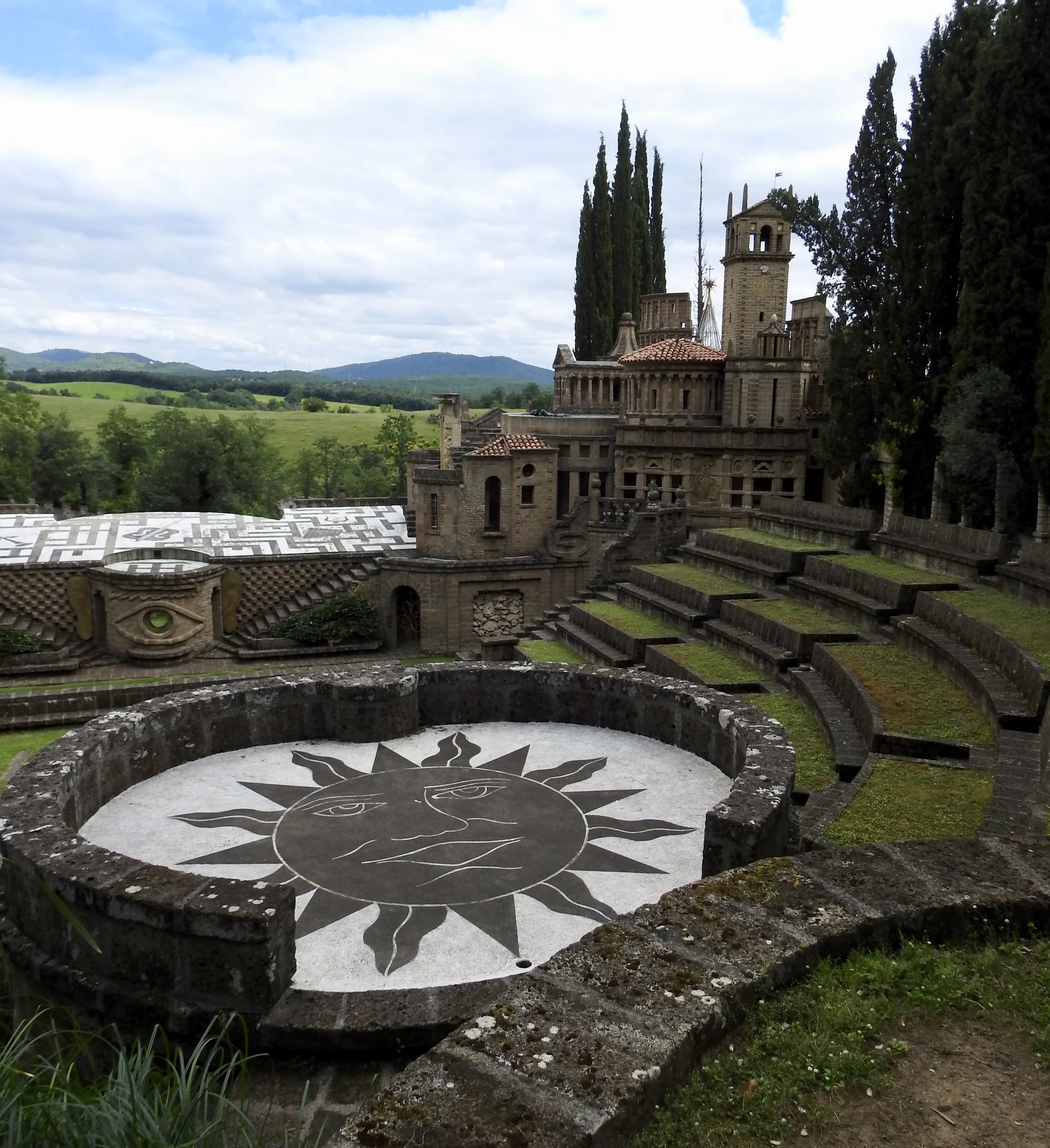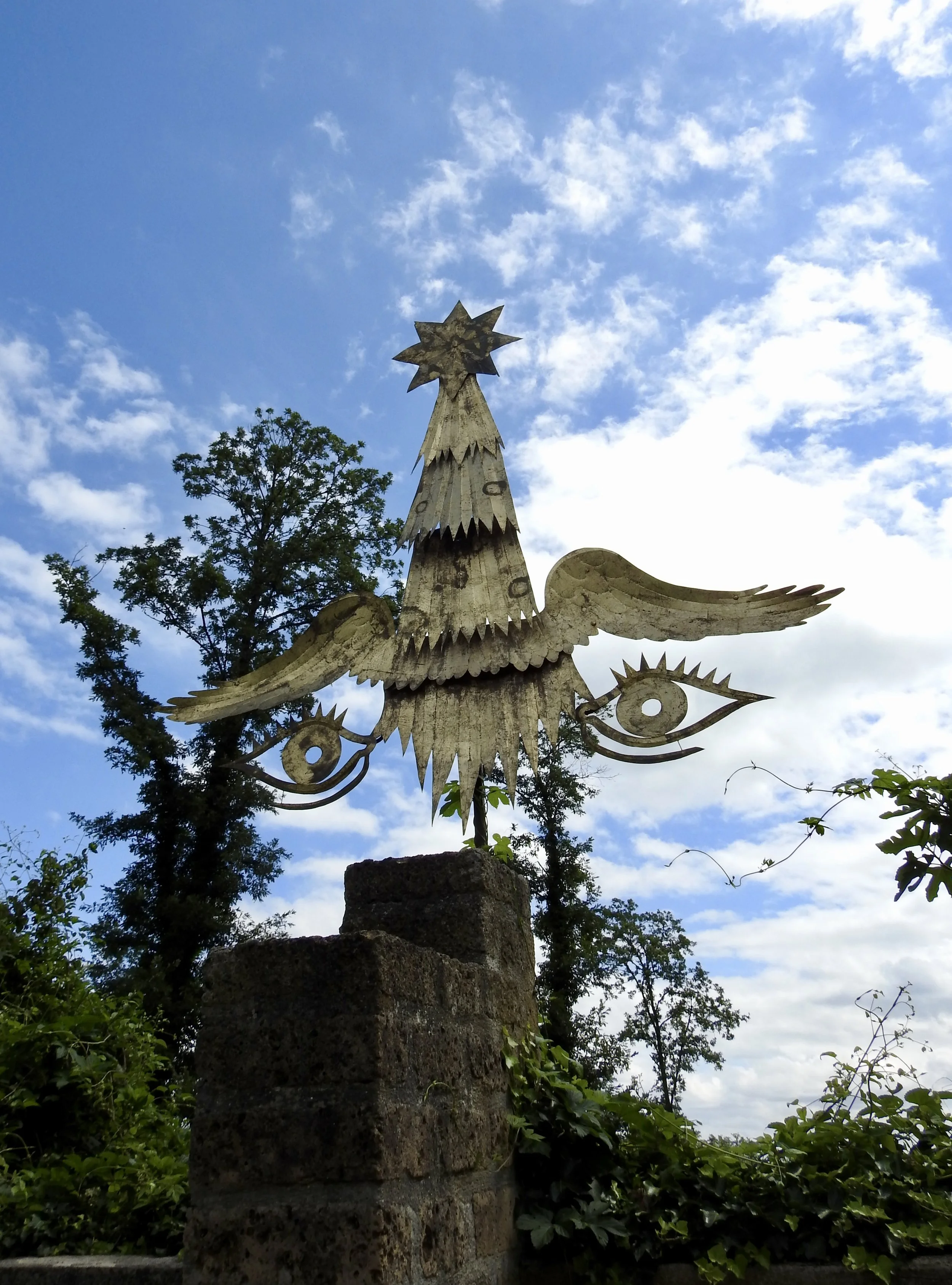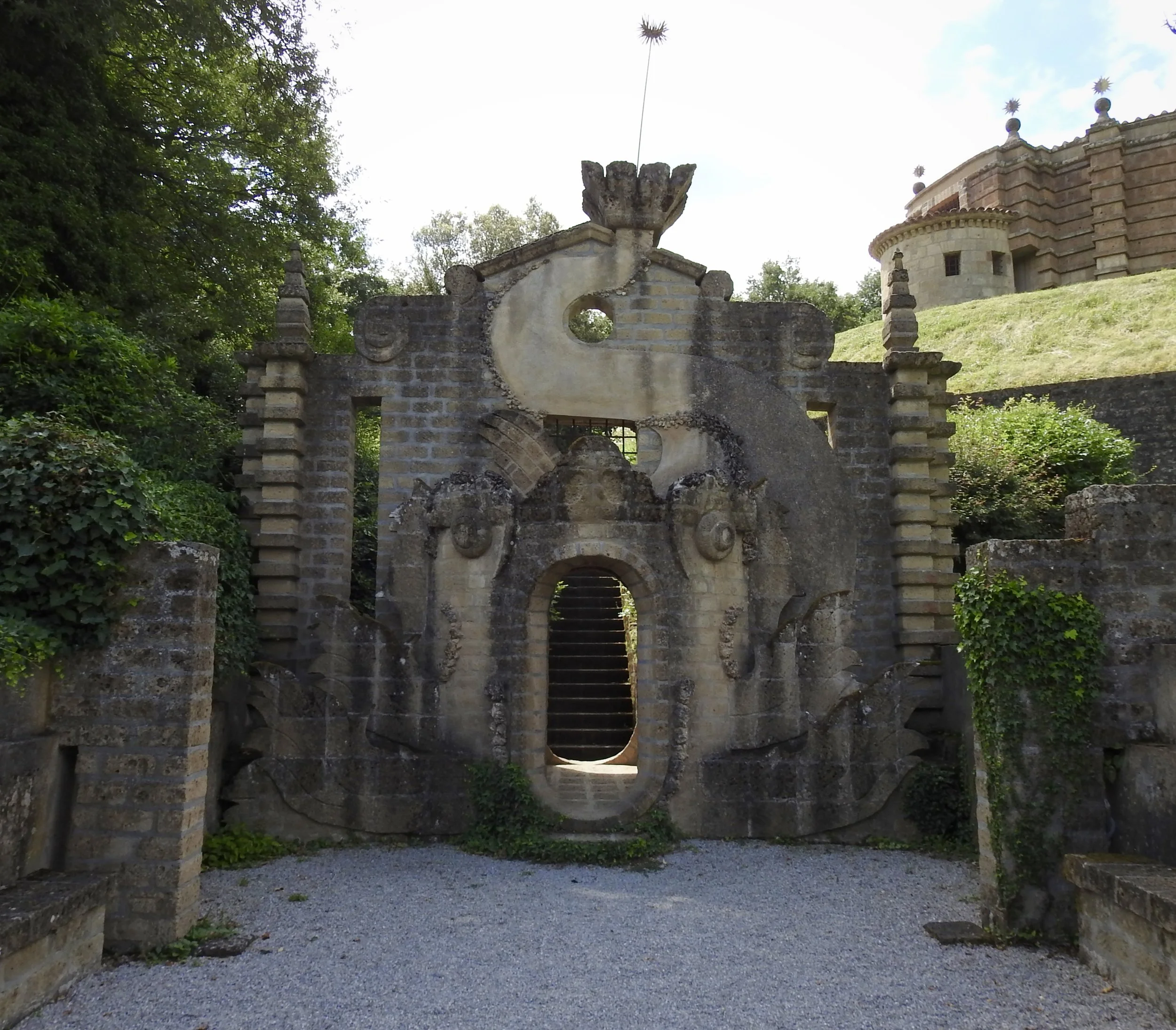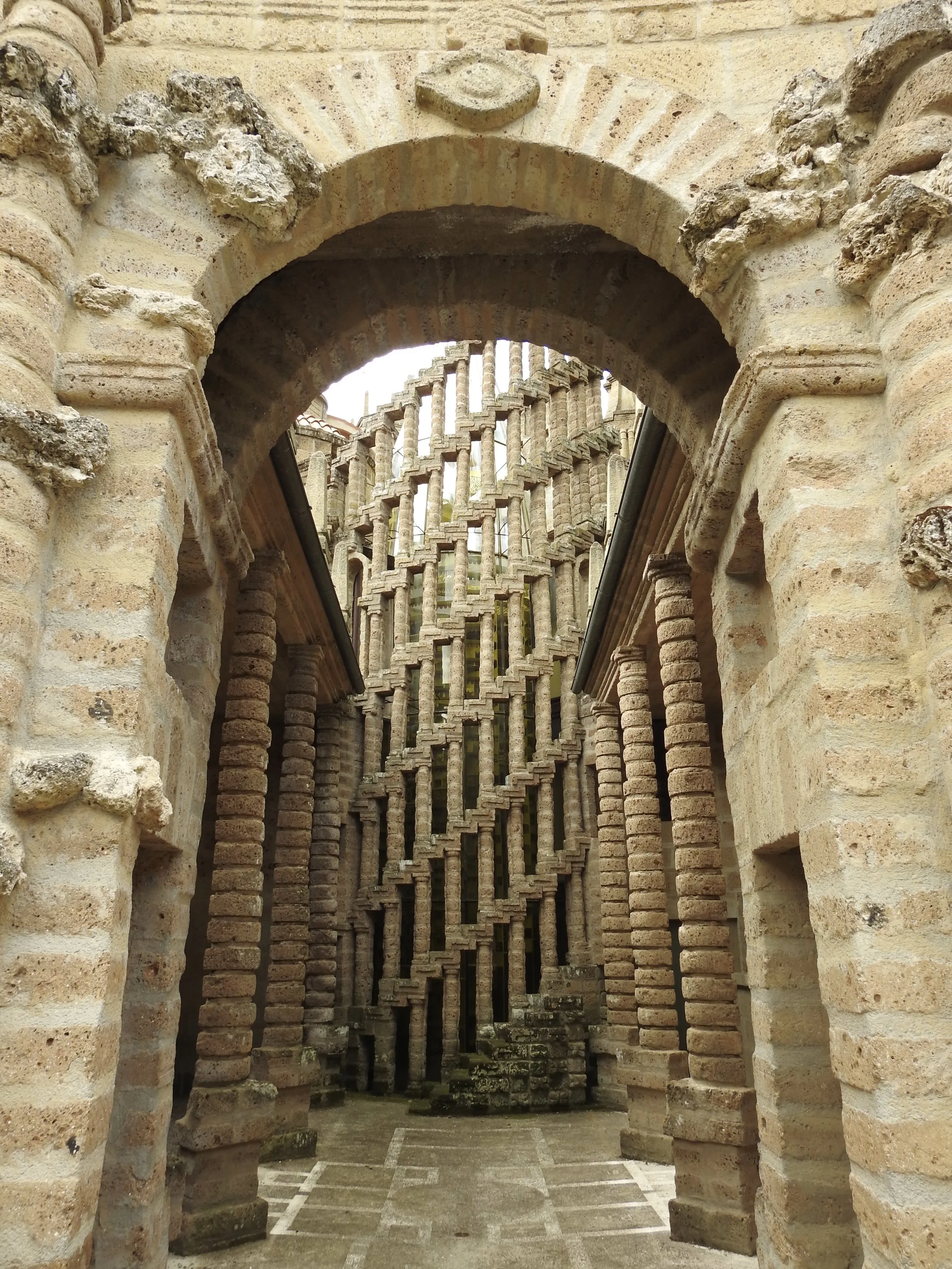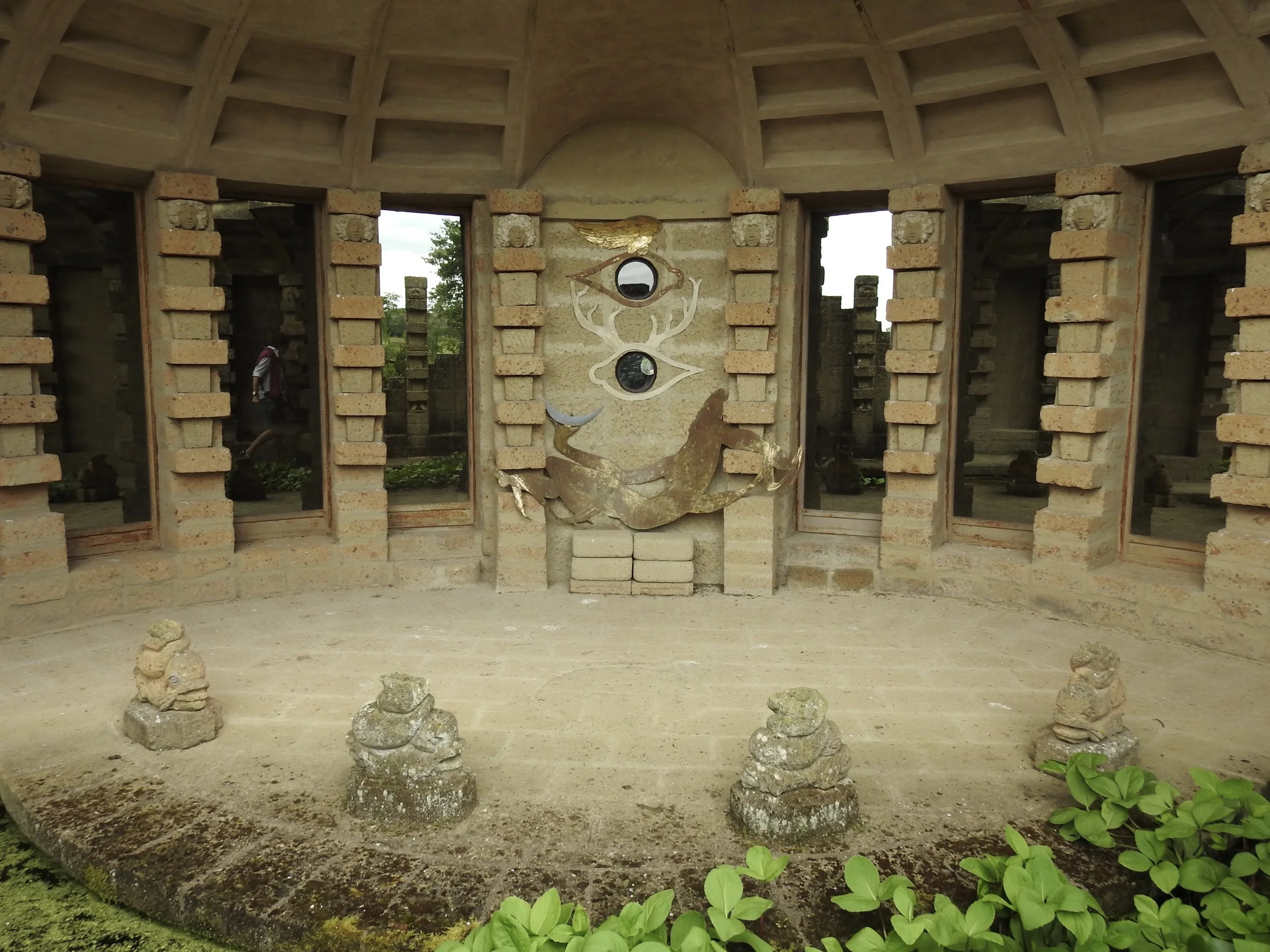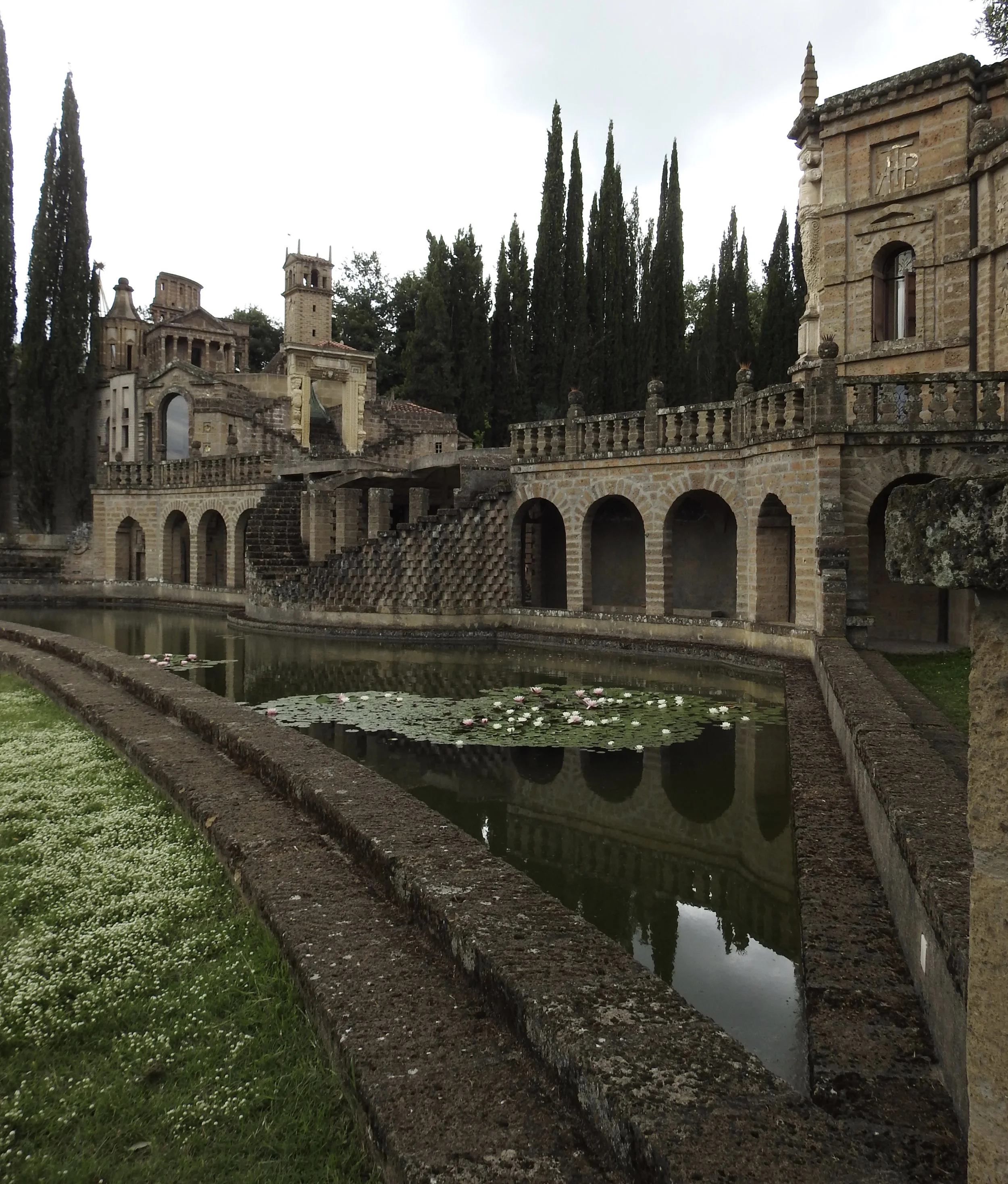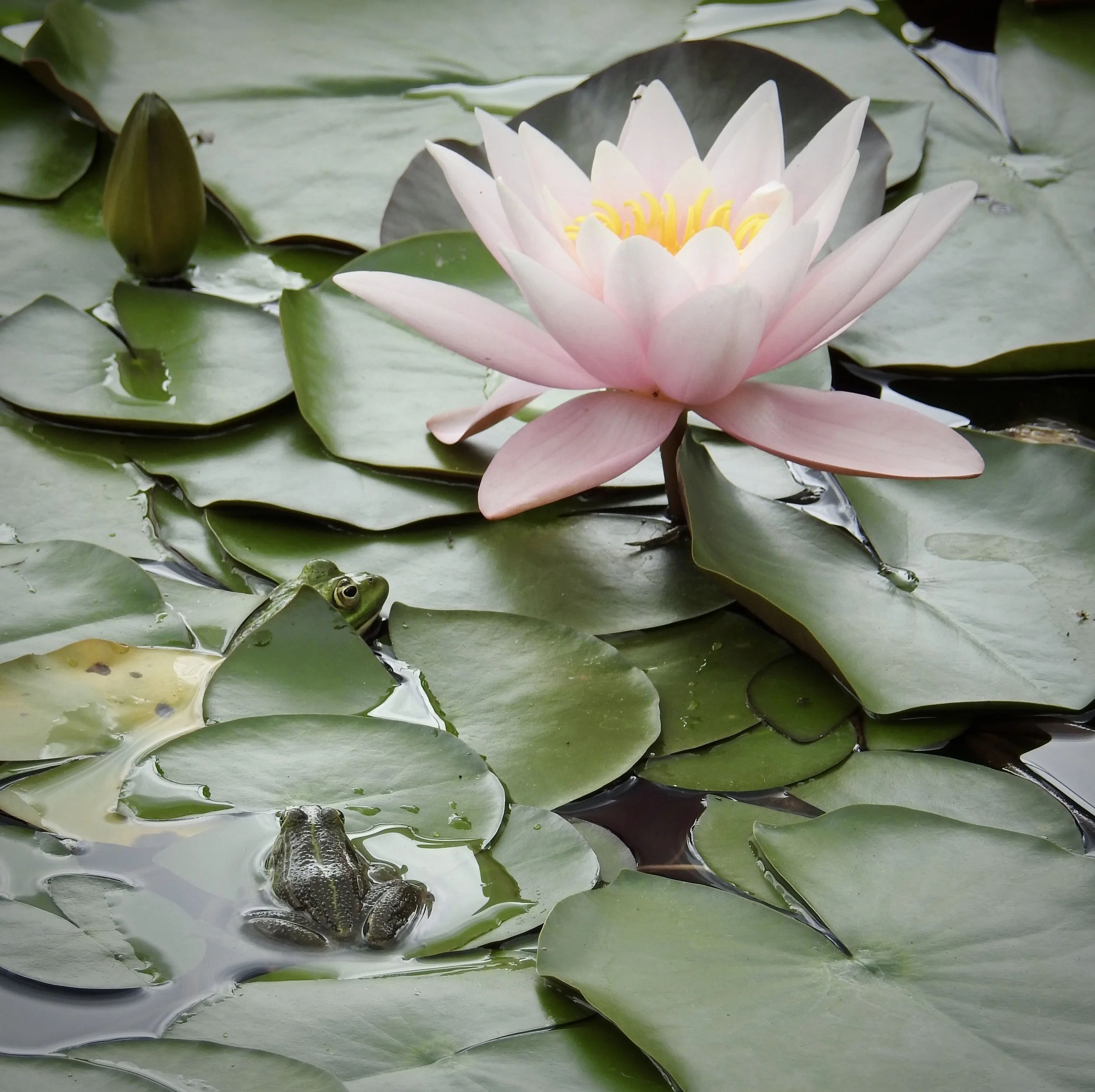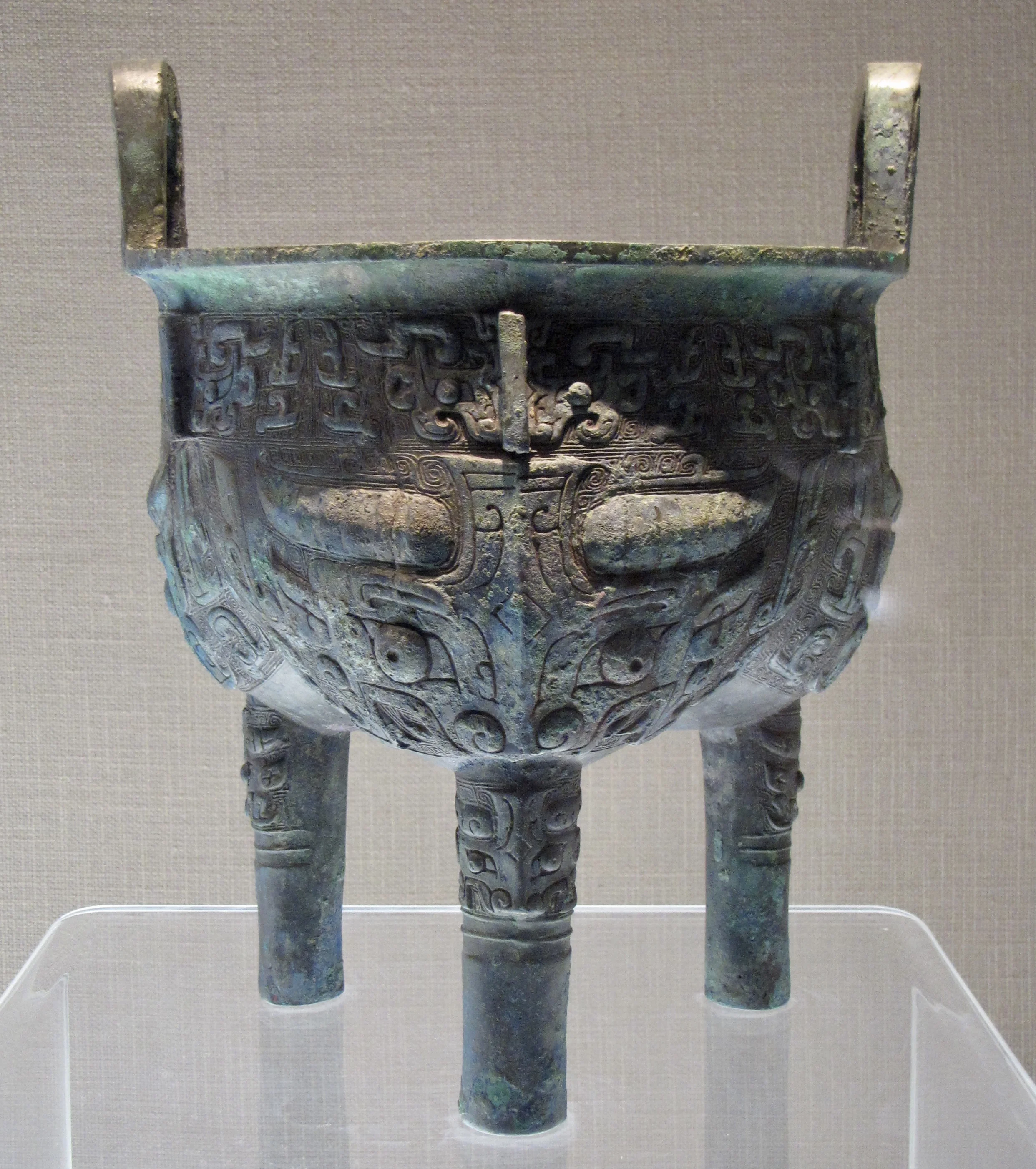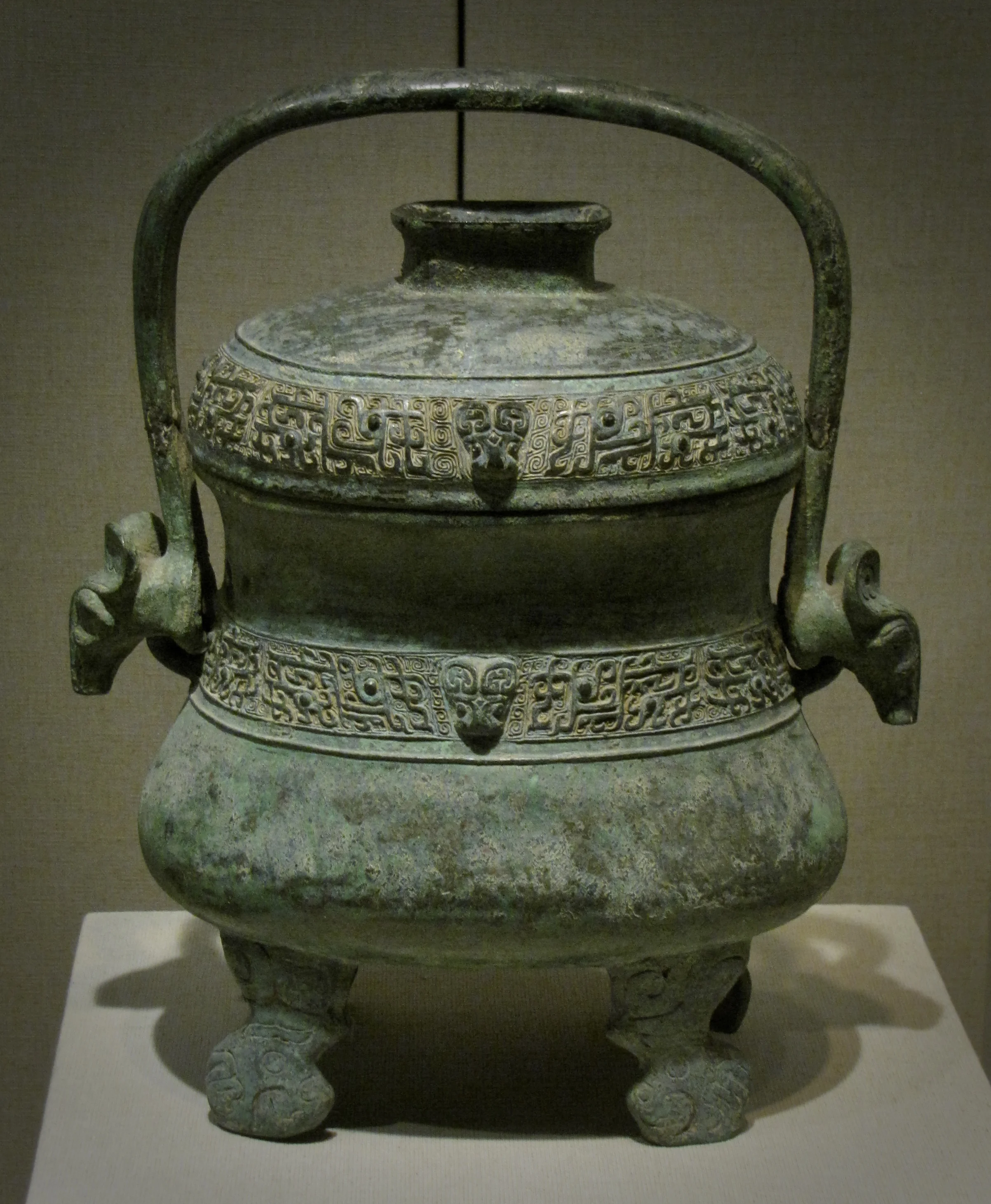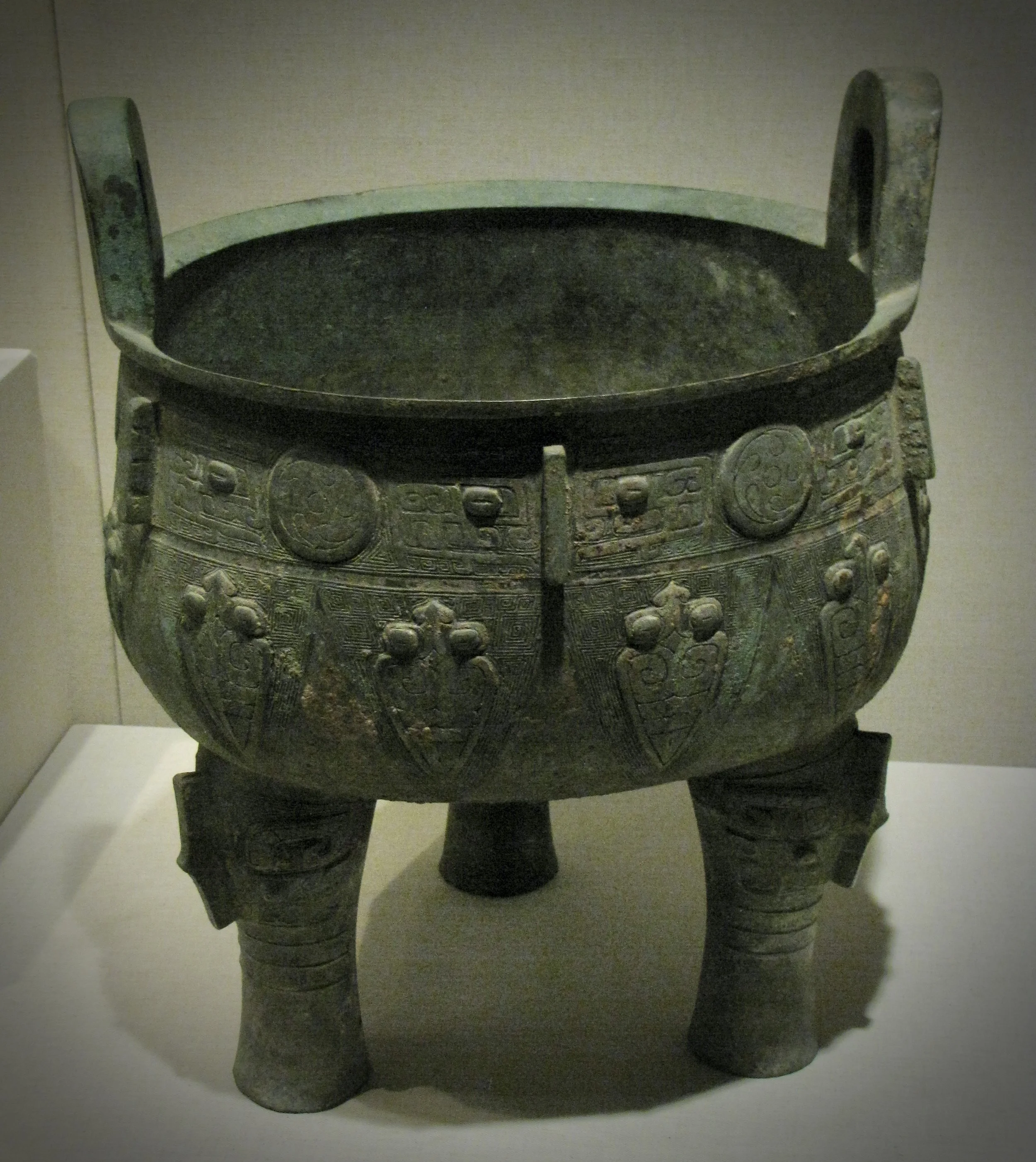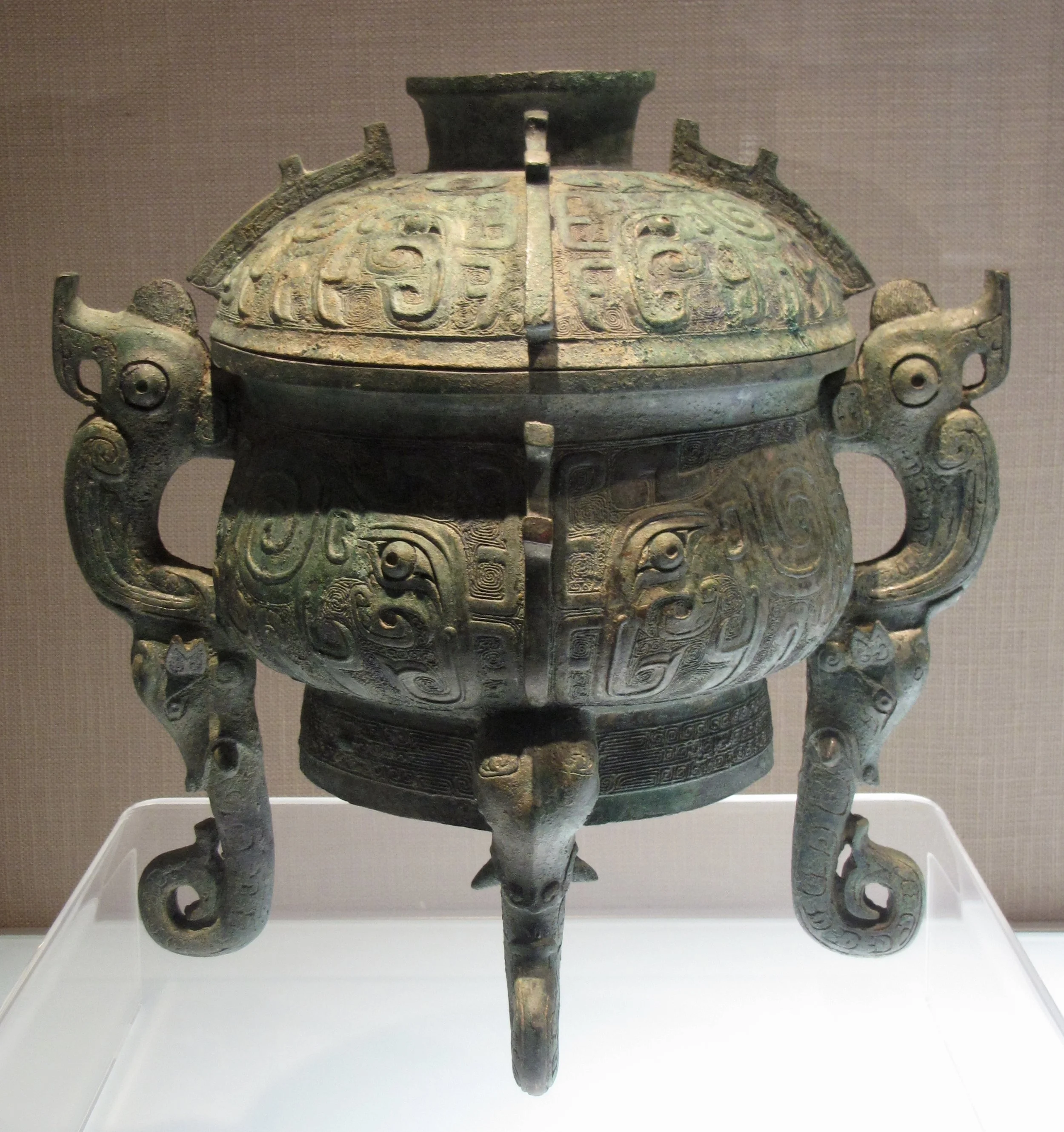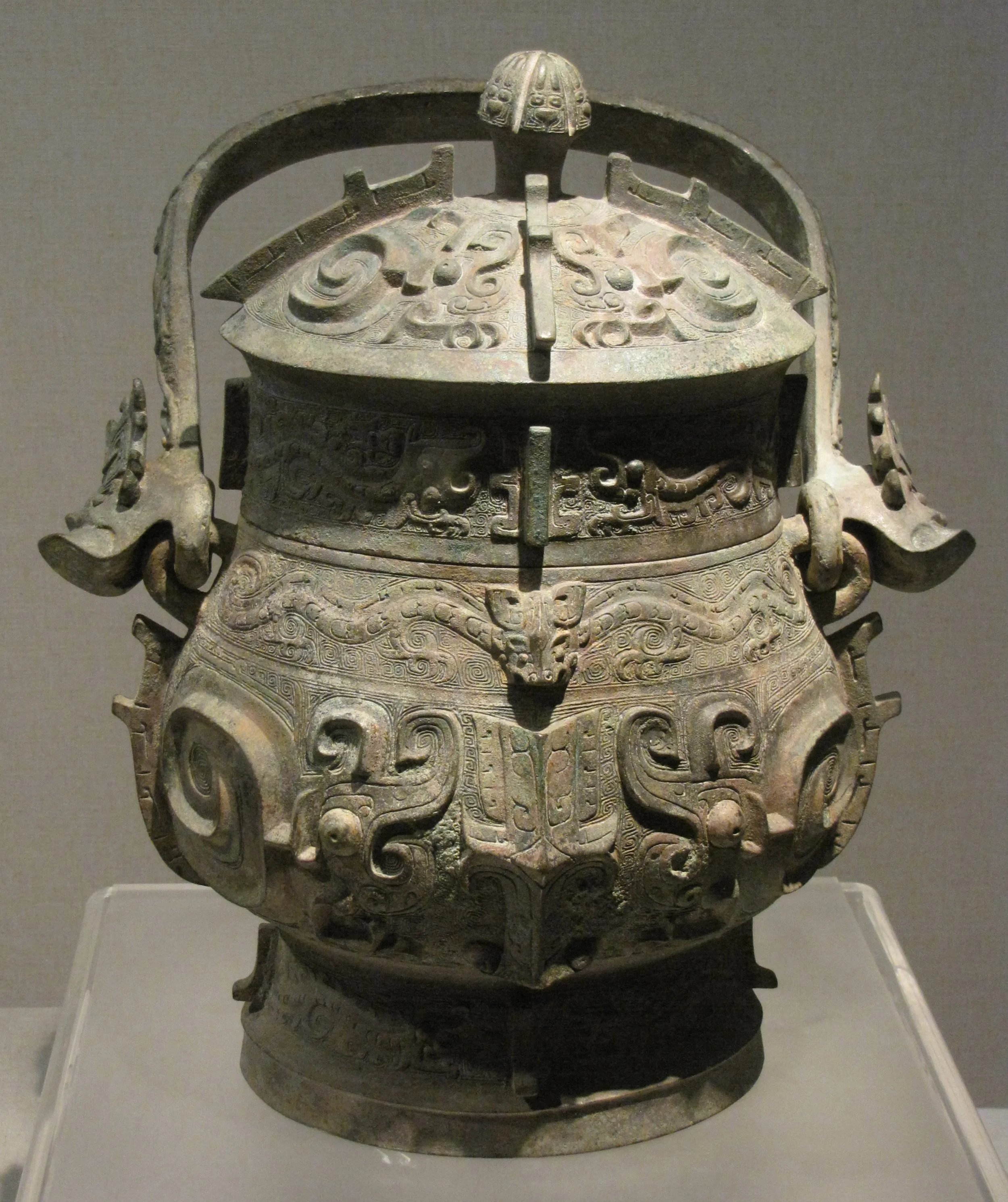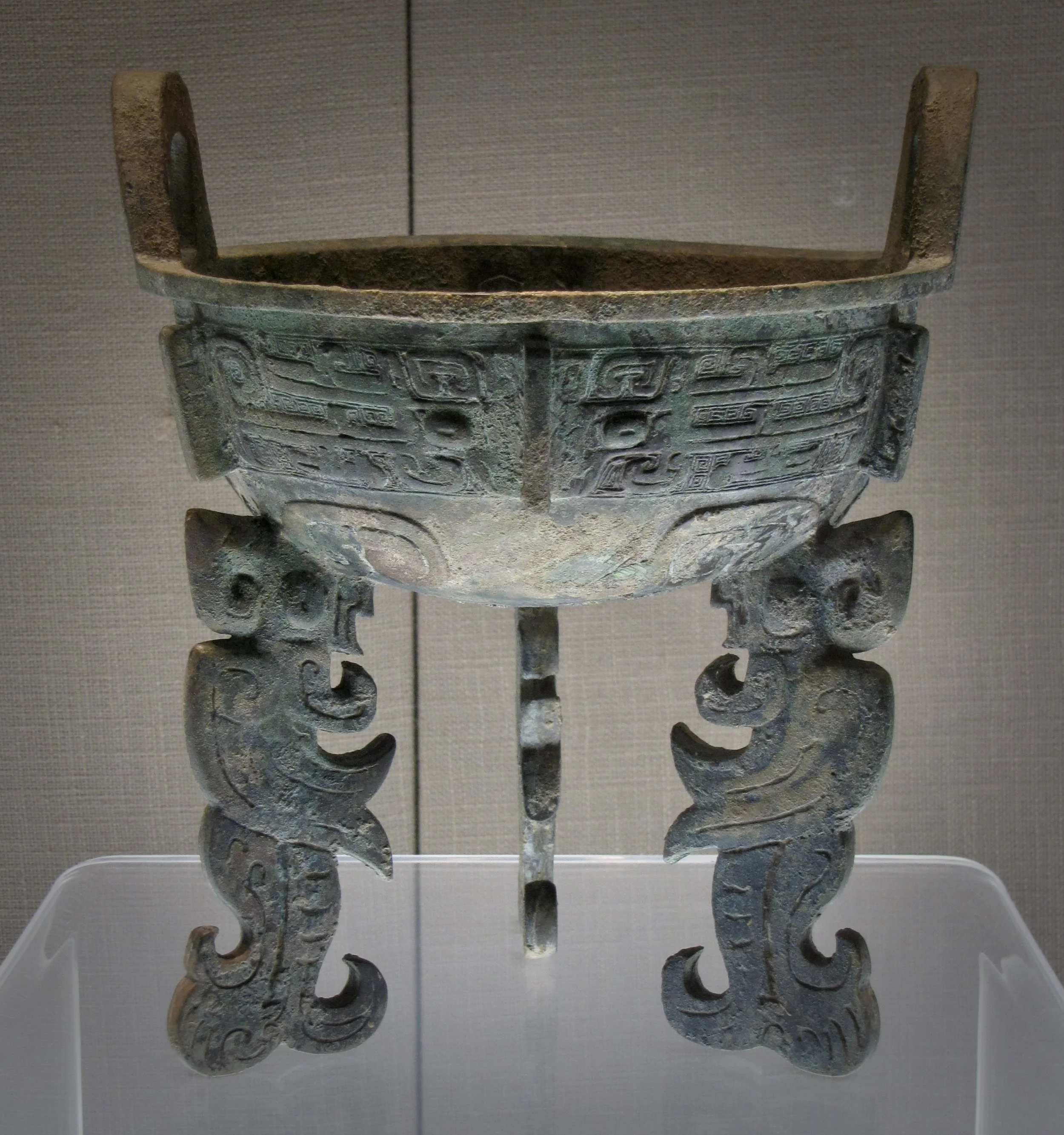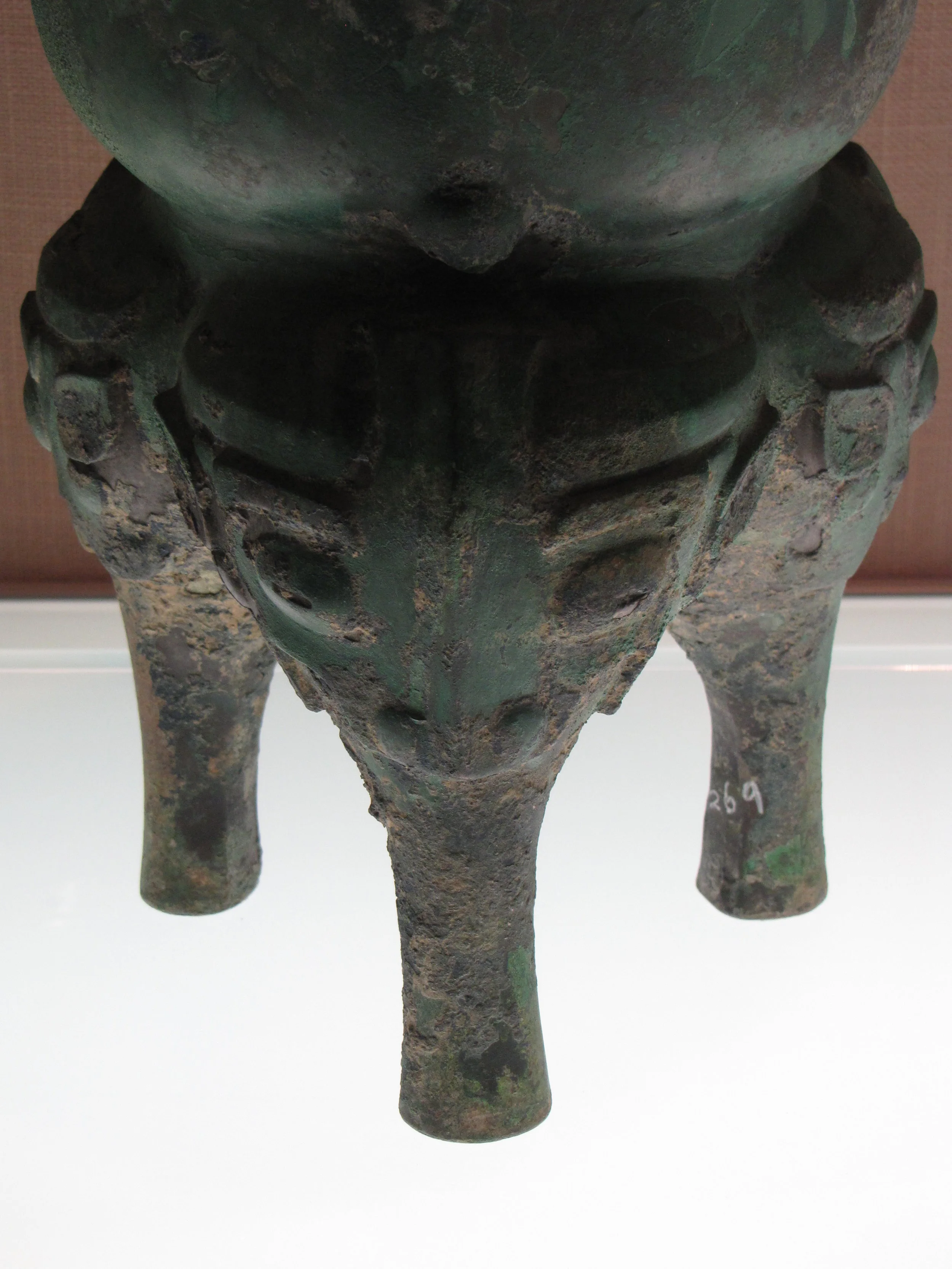La Scarzuola, Montegabbione
Tucked into the steep, forested hills of Umbria sits the convent-turned-architectural-passion-project, la Scarzuola. While the religious site was supposedly founded in the 13th century by St. Francis of Assisi (and the convent built some centuries later), contemporary pilgrims make their way to this isolated spot for a different kind of mysticism: the surreal “ideal city” of milanese architect Tomaso Buzzi.
Buzzi purchased the convent in 1956, beside which he built his own rambling complex of seven, sometimes overlapping, theaters. His vision included references and symbols both famous and esoteric, culminating in the piled, small-scale replicas of European architectural landmarks that form the “acropolis” (see above). Symbolic elements like wings, eyes, and winged eyes, as well as monstrous, gaping mouths that double as doorways, appear throughout the complex, although their exact meanings remain obscure.
As much as the site often feels like a realization of something purely internal to Buzzi’s imagination, the architect was concerned with both the structures’ relationships to the physical landscape and the experiences of visitors. The individual theaters are all at least partially outside and designed to direct the viewer’s gaze in very specific ways. One of the smaller theaters, for instance, is only partially covered, the stage separated from the semi-circle of seats by water, the seats separated from each other by walls, and each seat directed at a mirror that sits in another semi-circle behind the stage (pic below). The audience therefore sees themselves and each other through these mirrors whenever they look towards the stage. And, because of the short walls blocking their peripheral vision, there is nowhere else for audience members to look.
Buzzi stopped work on la Scarzuola in 1978 before it was fully finished. After he passed away in 1981, his nephew Marco Solari continued to work on the complex, and still owns it today. The current site feels one part Parco dei Mostri, one part House on the Rock, and is open to visitors via guided tour.
For more information, or to book your own visit, go to the Scarzuola website.



